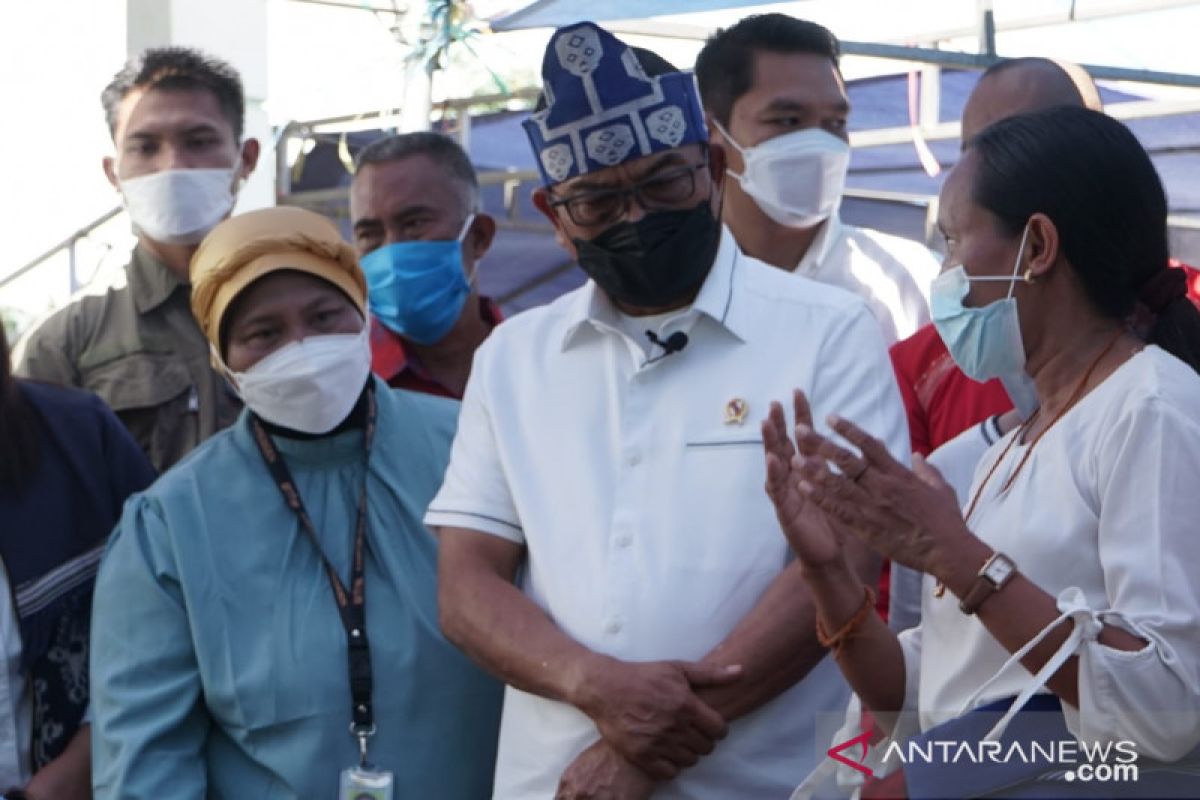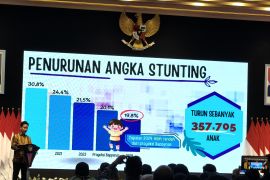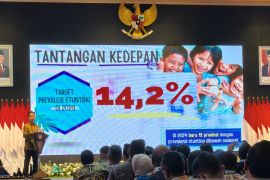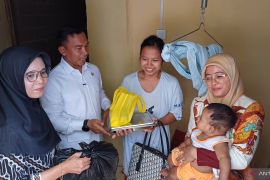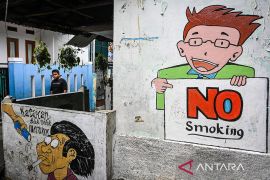The step is taken to achieve the targeted three-percent stunting reduction annually.
"The president's direction is clear. The rate of decline of stunting prevalence in Indonesia reaches a minimum of three percent annually. Therefore, the action plans of ministries and agencies are not limited to mobilizing people in the form of certain events, but must be through conducting sustainable activities, with the results being felt directly by the target," Prahastuti noted in a statement received in Jakarta, Friday.
According to Prahastuti, several activities can be conducted by ministries and agencies to accelerate the reduction of stunting, such as focusing on care and supplementary feeding for toddlers and pregnant women that are malnourished as well as providing counseling guidance and vitamin/supplements.
Prahastuti noted that other aspects that should also be taken into account comprise action plans in the form of sensitive interventions, such as the provision of clean water, proper drinking water and sanitation facilities, social assistance, and early childhood education.
“KSP proposes the integration of data on recipients of social assistance. As a result, poor families that have pregnant women, children under two years of age, and young women can receive a complete package, specifically the family hope program (PKH), staple food card, Indonesian smart card (KIP),” she explained.
At a limited meeting on Tuesday (Jan 11), President Joko Widodo (Jokowi) had directed government officials to ensure that the stunting prevention program continued beyond symbolic events, such as the year-end distribution of nutritious food packages.
President Jokowi also instructed to expedite efforts to reduce stunting in an integrated manner through coordination with the Ministry of Health and the National Population and Family Planning Board (BKKBN).
A total of 22 children in the Belakangpadang Sub-district, Batam City, Riau Islands, suffer from stunting.
Deputy Mayor of Batam, Amsakar Achmad, stated that the stunting rate recorded in the buffer islands, including in the district of Belakangpadang, located adjacent to Singapore, was relatively smaller than the data on children on the main island.
"This is since the nutrition provided is sufficient. Protein is abundant, and there are lots of fresh fish," he noted on Belakangpadang Island on Wednesday.
Of the 1,168 children of Belakangpadang that were measured, only 22, or 1.88 percent, had stunted growth.
Other buffer island sub-districts too recorded a similar trend wherein their stunting rate was low.
In Galang Sub-district, of the 941 children measured, only 27, or 2.8 of them, experienced stunting, while in Bilang, 63 out of the 971 children were stunted.
"For the entire hinterlands, of the 3,080 children measured, 112 are stunted. The number of children with stunting as compared to healthy children is recorded at 3.6 percent," he remarked.
On the main island, of the approximately 52 thousand children measured, 3,244, or 6.2 percent of them, suffer from stunting.
Related news: Stunted growth recorded in 22 children at the Indonesian border
Related news: Indonesia must restrict no more than 680,000 stunted babies annually
Related news: President keen stunting prevention program transcends symbolic events
Translator: Indra AP, Azis Kurmala
Editor: Sri Haryati
Copyright © ANTARA 2022
